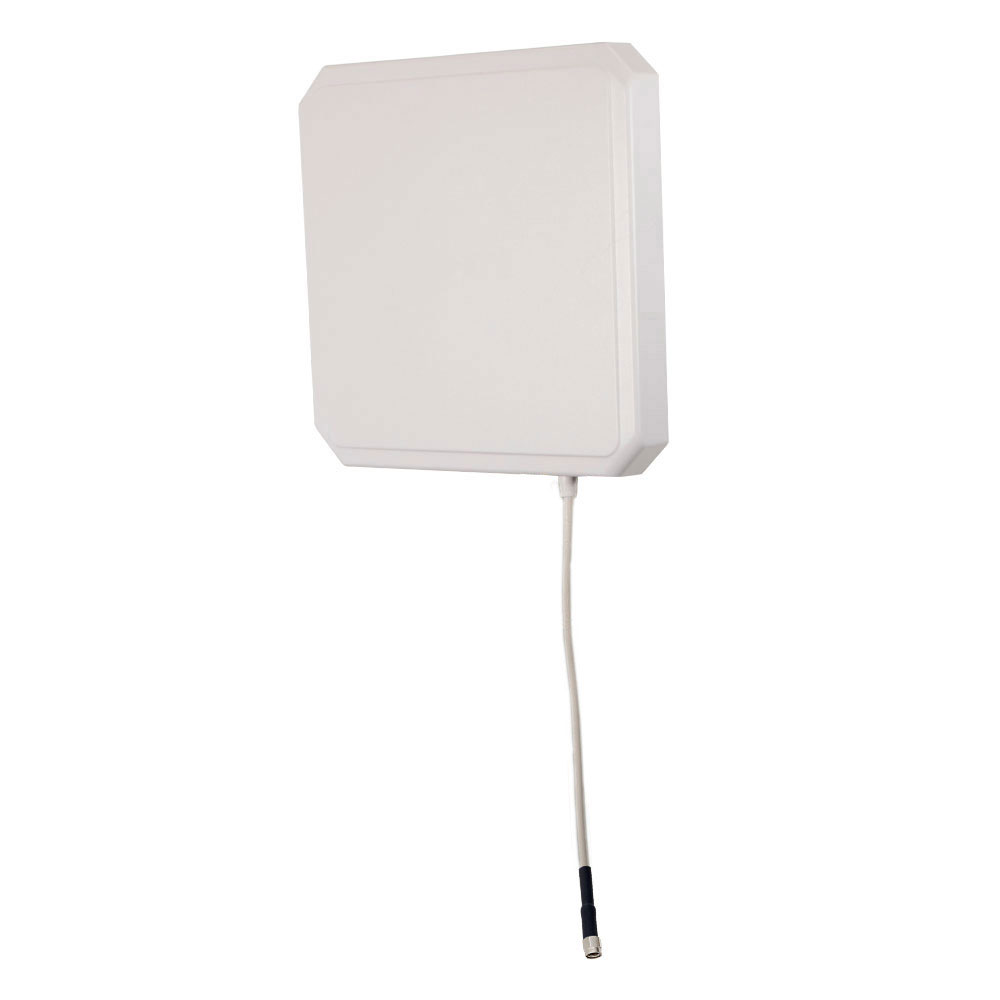
| TYPE | DESCRIPTION |
| Mfr | Fairview Microwave |
| Series | - |
| Package | Bag |
| Product Status | ACTIVE |
| Features | IP54 |
| Size / Dimension | 259.08mm L x 259.08mm W x 33.27mm H |
| Frequency | 902MHz ~ 928MHz |








| TYPE | DESCRIPTION |
| Mfr | Fairview Microwave |
| Series | - |
| Package | Bag |
| Product Status | ACTIVE |
| Features | IP54 |
| Size / Dimension | 259.08mm L x 259.08mm W x 33.27mm H |
| Frequency | 902MHz ~ 928MHz |






